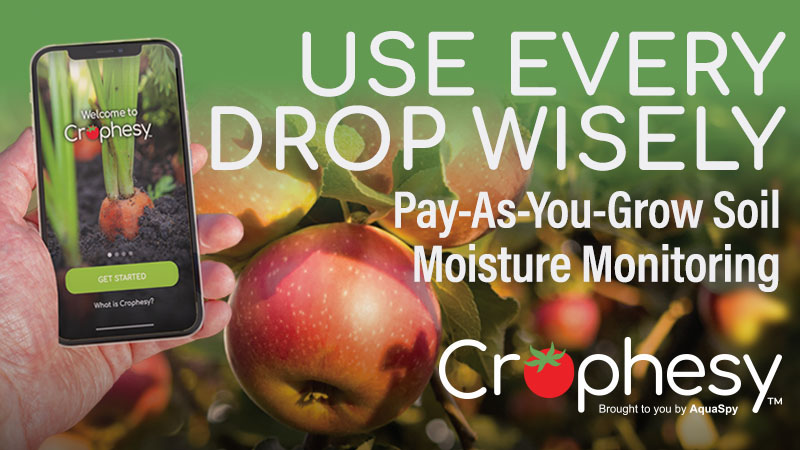Crop Protection Tips From The Great Lakes Expo
Perhaps one of the most important take-aways from previous Great Lakes Fruit, Vegetable & Farm Market Expo in Grand Rapids, MI, or any other expo for that matter, has been the bounty of new information that attendees take home with them, eager to apply the newfound knowledge to their operation. So far, this year’s sessions at the expo are providing a similar enthusiasm.
One presentation that stood out was on identifying physiological disorders in tomatoes made by Chris Gunter of the Horticultural Science Department at North Carolina State University. Gunter touched on some of the more common physiological disorders present in tomatoes, and stressed the importance of being able to detect the difference between a physiological disorder and a disease, the two of which sometimes present similar symptoms in the plant.
First, he discussed what he said was the most common physiological disorder he sees in fruit, blossom end rot (BER). He cited local calcium deficiency, excessive fertilization, and fluctuations in soil moisture as just a few of the causes of the disorder. Gunter mentioned that although BER is not a disease, infection of the fruit is sometimes a secondary effect due to the open wound on the fruit, so it’s important to get it identified by a pathologist to be sure.
One piece of advice that Gunter re-iterated throughout his presentation was that with all of the physiological disorders it is incredibly important to remove the damaged fruit from the plant so that it doesn’t sap nutrients from the healthier, more marketable fruit.
Following Gunter’s talk on tomatoes was a presentation made by Rachel Naegele, from the Plant Soil and Microbial Science Department at Michigan State University on host resistance of Phytophthora in pepper plants. Gunter reported on an experiment which measured 190 pepper varieties represented in 41 countries on five continents, where they looked at a variety of pepper sizes, colors, pungencies, fruit shape, etc., and discovered that very few of the varieties were resistant to Phytophthora and most were susceptible.
Interestingly enough, the research concluded that location did have an effect on the peppers’ resistance and that peppers from North America (U.S. and Canada) were some of the most susceptible to the pathogen and peppers from Mexico, Central, and South America were the least. Overall, Naegele stated that one of the major motivations behind the research project was that in finding countries and genetic groups that have natural resistance to Phytophthora, it’s hoped that breeders are able to select and incorporate resistance into commercial cultivars.
Be sure to stay tuned for more session coverage from this years’ Great Lakes Expo!









